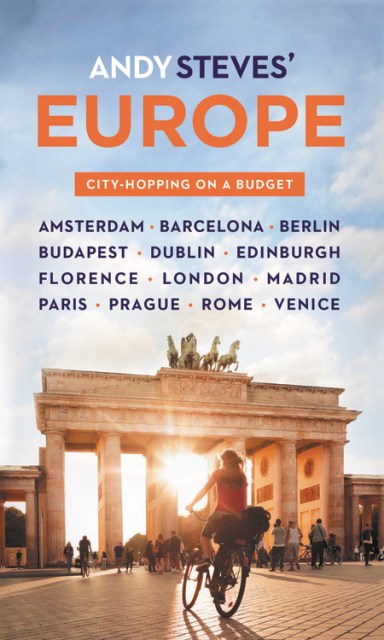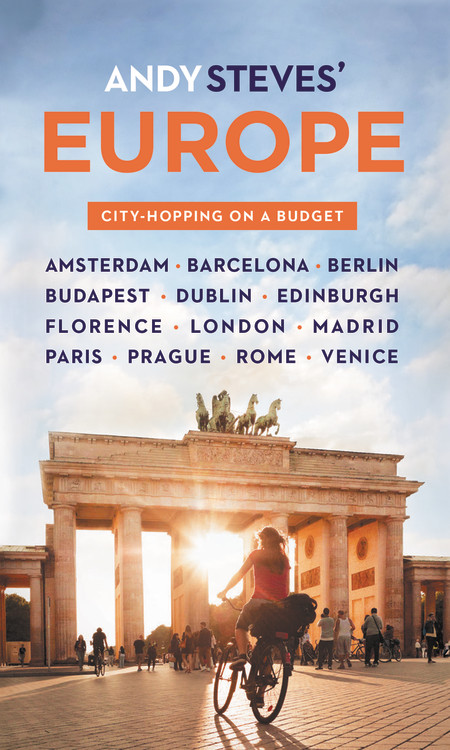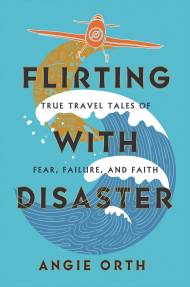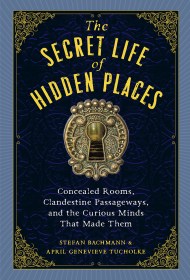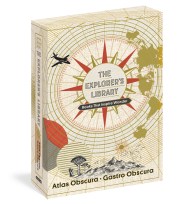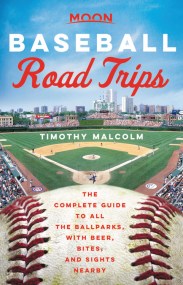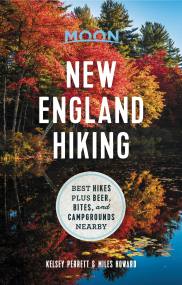Promotion
Use code MOM24 for 20% off site wide + free shipping over $45
Andy Steves' Europe
City-Hopping on a Budget
Contributors
By Andy Steves
Formats and Prices
Price
$19.99Price
$25.99 CADFormat
Format:
- Trade Paperback $19.99 $25.99 CAD
- ebook $13.99 $17.99 CAD
This item is a preorder. Your payment method will be charged immediately, and the product is expected to ship on or around April 3, 2018. This date is subject to change due to shipping delays beyond our control.
Also available from:
Pick a Weekend, Pick a City, and Go!
Andy Steves’ travel guide picks up where crowdsourcing leaves off, covering the skills you need for spur-of-the-moment trips to Europe’s top destinations.
Follow strategic, three-day itineraries for exploring each city. Learn which cities match your interests and which can be easily combined for a longer trip, including itineraries for Amsterdam, Barcelona, Berlin, Budapest, Dublin, Edinburgh, Florence, London, Madrid, Paris, Prague, Rome, and Venice.
See iconic sights. Check the Eiffel Tower, the London Eye, and the Colosseum off your bucket list, and use Andy’s tips to save time and skip lines.
Hit the local hot spots. Chill at Amsterdam’s coffee shops, study mixology at London’s speakeasies, and bust moves at Barcelona’s beach clubs.
Enjoy the best (and cheapest) local cuisine. Graze at boulangeries in Paris, pubs in Dublin, and aperitivobars in Rome.
Become a temporary local. Engage with the culture to enjoy authentic, unforgettable experiences.
Master digital travel. Make the most of your money in Europe with apps and other digital resources.
Connect with other travelers. Head to the most popular hostels for a ready-made, real-life social network.
Enjoy handy tools at your fingertips, with full-color photos and detailed, helpful maps throughout.
Whether you’re studying abroad or just looking to explore Europe without breaking the bank, Andy Steves’ Europe will have you city-hopping like a pro.
Andy Steves’ travel guide picks up where crowdsourcing leaves off, covering the skills you need for spur-of-the-moment trips to Europe’s top destinations.
Follow strategic, three-day itineraries for exploring each city. Learn which cities match your interests and which can be easily combined for a longer trip, including itineraries for Amsterdam, Barcelona, Berlin, Budapest, Dublin, Edinburgh, Florence, London, Madrid, Paris, Prague, Rome, and Venice.
See iconic sights. Check the Eiffel Tower, the London Eye, and the Colosseum off your bucket list, and use Andy’s tips to save time and skip lines.
Hit the local hot spots. Chill at Amsterdam’s coffee shops, study mixology at London’s speakeasies, and bust moves at Barcelona’s beach clubs.
Enjoy the best (and cheapest) local cuisine. Graze at boulangeries in Paris, pubs in Dublin, and aperitivobars in Rome.
Become a temporary local. Engage with the culture to enjoy authentic, unforgettable experiences.
Master digital travel. Make the most of your money in Europe with apps and other digital resources.
Connect with other travelers. Head to the most popular hostels for a ready-made, real-life social network.
Enjoy handy tools at your fingertips, with full-color photos and detailed, helpful maps throughout.
Whether you’re studying abroad or just looking to explore Europe without breaking the bank, Andy Steves’ Europe will have you city-hopping like a pro.
Genre:
- On Sale
- Apr 3, 2018
- Page Count
- 376 pages
- Publisher
- Rick Steves
- ISBN-13
- 9781631217968
Newsletter Signup
By clicking ‘Sign Up,’ I acknowledge that I have read and agree to Hachette Book Group’s Privacy Policy and Terms of Use
